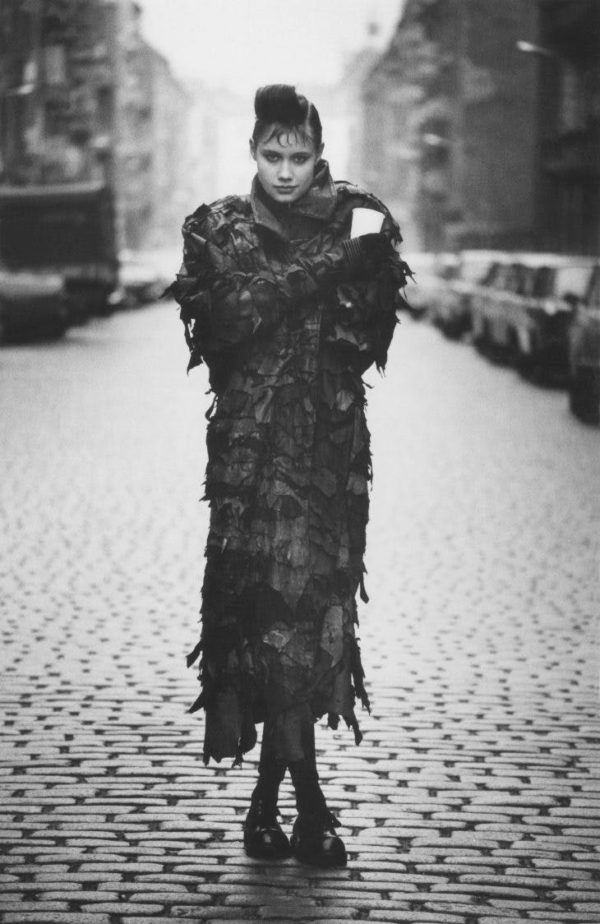Your cart is currently empty!
“The Medea Insurrection: Radical Women Artists Behind the Iron Curtain”

At the Wende Museum, “The Medea Insurrection: Radical Women Artists Behind the Iron Curtain” spotlights 33 artists that lived in Eastern Bloc countries during Soviet rule. This provocatively themed survey includes familiar names such as Magdalena Abakanowicz, Geta Brătescu and Natalia LL, but is most compelling for featuring work by numerous avant-garde artists rarely shown in the U.S. In contrast to the conformism often associated with Eastern European art of the time, a spirit of defiance and experimentation pervades their works in diverse media ranging from painting to performance documentation. Before perusing the show, be sure to pick up a laminated catalog near the entrance, as didactic labels are scant and you’ll undoubtedly encounter artists that pique your curiosity. An unforgettable photograph from Gundula Schulze Eldowy‘s “Tamerlan” series (1979-1987) overturns beauty stereotypes by presenting an aged amputee in an Olympia-esque pose. Equally captivating is Gabriele Stötzer‘s “Conversations” (1984), a series of sequential montages poignantly capturing an acquaintance’s mother on her deathbed. Czech artist Běla Kolářová‘s drawing, Day after day goes and everyone else 1 (1979), reads as feminine take on the modernist grid format; her unconventional media of makeup on cardboard seem to betoken scarcity of materials. One of the most engaging sections presents outré fashions from Allerleirauh (example above, photo by Sibylle Bergemann) and Erfurt Women’s Group, who challenged East Germany’s sartorial status quo with their punk streetwear. Affixed to a luminous window beyond, Karla Woisnitza‘s allegorical Drawings on the Myth of Medea (1985) is a contemporary feminist reflection on the legend of vengeful Medea.
Wende Museum
10808 Culver Blvd.
Culver City, CA 90230
Show runs through Apr. 5